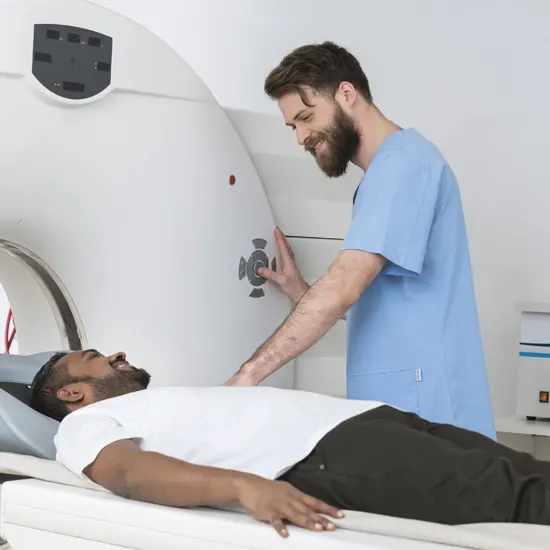
MRI (Magnetic resonance imaging) plays an important role in the evaluation and diagnosis of heart conditions. Here are some ways MRI scans are used in the assessment of heart disease:
MRI (Magnetic resonance imaging) plays an important role in the evaluation and diagnosis of heart conditions. Here are some ways MRI scans are used in the assessment of heart disease:
- Heart Anatomy: Cardiac MRI provides the detail of the heart and its structure including its chambers, valves as well as blood vessels. These images can help doctors diagnose structural abnormalities such as congenital heart defects or heart valve problems.
- Heart Function: MRI Scan can evaluate the function of the heart including how well it is pumping the blood and how much blood being pumped with each beat. This information can help the doctors diagnose and monitor the cardiomyopathy, heart failure and other heart related conditions that affect heart function.
- Blood Flow: MRI scans can also evaluate blood flow through the heart and blood vessels. This can help diagnose conditions such as coronary artery disease, congenital heart defects, and pulmonary hypertension.
- Viability: MRI scans can also evaluate the viability of heart tissue following a heart attack or other cardiac event. This information can help guide treatment decisions and assess the risk of future cardiac events.















